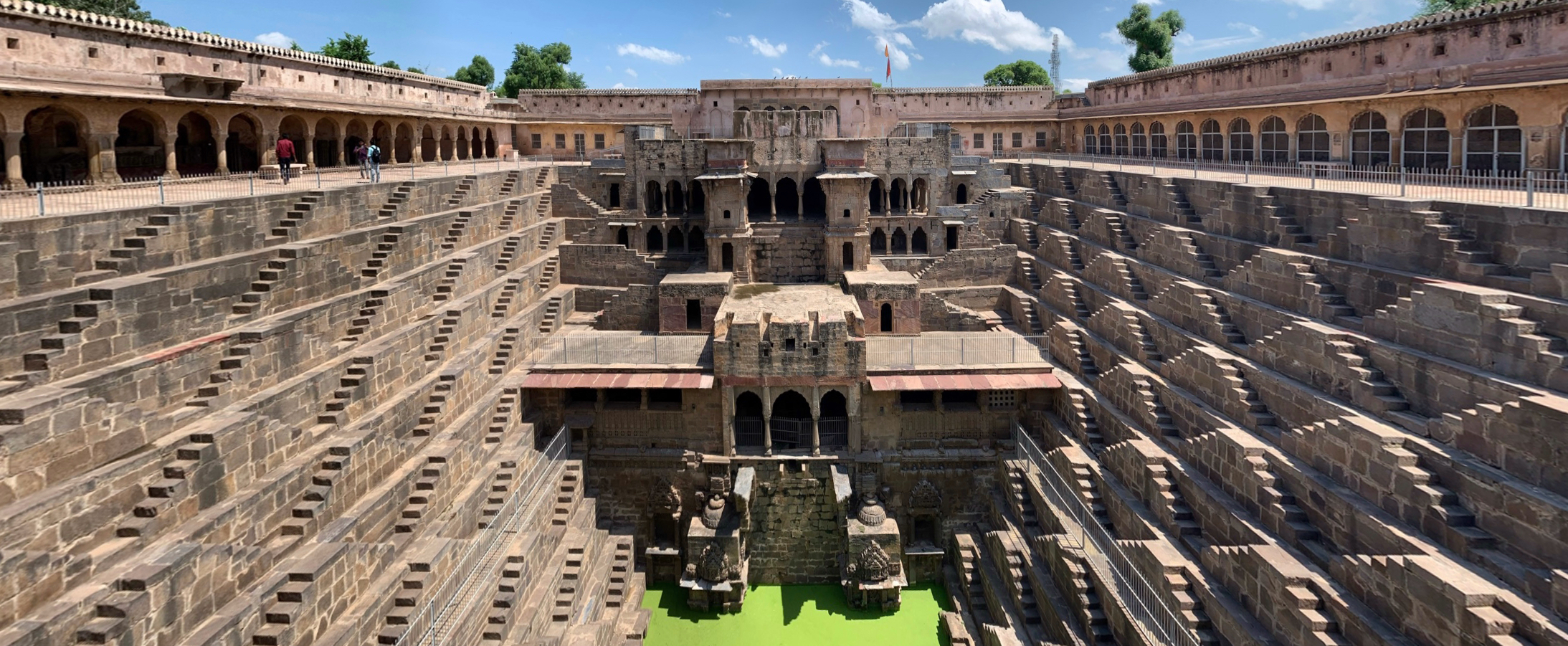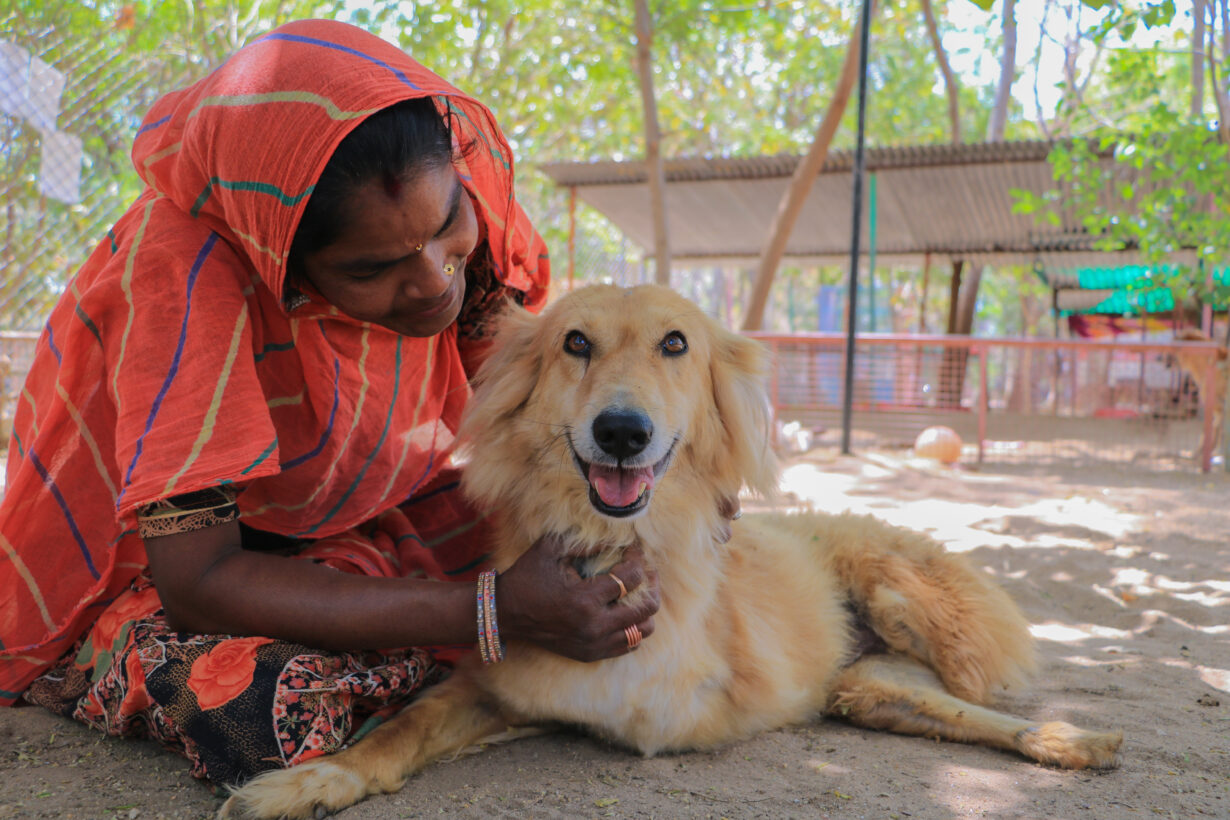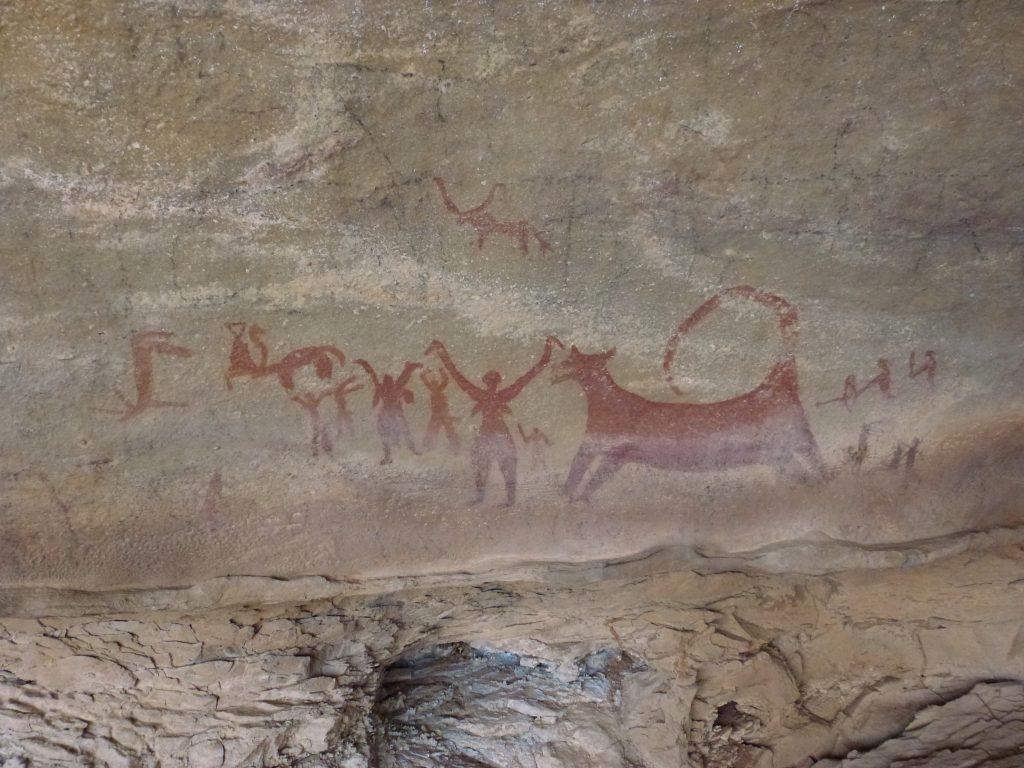Everywhere you turn in India, there is something to do or to see that you probably have never done or seen before. There are experiences to be had — whether fascinating or shocking or rewarding or confusing or educational or frustrating — all day long, no matter where you happen to be. The result of such an incredible variety and frequency of memorable experiences is exactly what has happened to me and countless other travelers: we simply can’t get enough and constantly feel the need to return over and over again for more.
1. Gali Paranthe Wali (Delhi)

A famous food lane in the heart of Old Delhi in the middle of the Chandni Chowk market. On this lane are a handful of well-known eateries, all serving up the same dish: unique Delhi-style stuffed parathas, a type of flatbread made from wheat dough and lightly fried in oil on both sides.
While the usual filling is potatoes, on this street you can get them stuffed with anything, from cheese to squash to raisins to mint to mixed vegetables to cashews and more. Some of the places have been around for over 100 years, and it doesn’t take long to see why these hole-in-the-wall eateries are almost always full of Indians enjoying this tasty meal.
Take a food tour if you want to really dive in and learn about the cuisine.
2. Akshardham (Delhi)

This cultural complex located near the Yamuna River is, to me, one of the most impressive structures in all of India, with its massive temple constructed from the carvings of several thousand Indian artisans. When you see it for the first time, it will blow you away with its unique appearance and seemingly otherworldly architecture — and that’s before you go inside.
Inside, you’ll find yourself amidst a scene of absurdly detailed design, from the pillars to the walls to the domed ceilings high above, all helping to tell the story of Hinduism. Arrive an hour or so before sunset and you’ll also be treated to the beautiful temple all lit up, helping to further etch itself in your memory.
3. Raj Mandir Cinema (Jaipur)

It’s one of the best-known cinemas in India. Opened in 1976, this large art-deco structure is my favorite place in the country to catch a Bollywood film. The pastel-colored interior design, the efficient suit-clad staff, the spacious theater with its comfortable seats, and the lively atmosphere deriving from hundreds of excited Indian moviegoers all make you feel as if you’re attending a major movie premiere.
As a bonus, once the movie is over, you’re only a two-minute walk away from MI Road, where you’ll find several Jaipuri lassi shops. Join the lines, order a large sweet lassi, and sit back and enjoy its pure deliciousness!
4. Chand Baori Stepwell (Abhaneri)

The first time I visited the tiny, dusty village of Abhaneri, some 10 kilometers off of the main Agra-to-Jaipur road, I thought I was going to see a small well in the midst of a ruined ancient city, take a photo, and then continue my journey. An hour and a half later, though, I was still staring at this spectacularly striking, 1,200-year-old “water tank,” one of the largest in India.
Constructed by King Chanda of the Nikumbha Dynasty in 8000 BCE, the massive rectangular well is approximately 30 meters deep and consists of over 3,500 steps intertwined in a precise maze-like pattern on three sides, playing with the sunlight reflecting off of its angles.
When you are inside, be sure to have a look at the dozens of statues of Hindu gods and religious scenes that line the outer walkway of the well, some dating back a thousand years. There is no entrance fee, but the local caretaker, who keeps the place immaculate, will ask for a “tip” as you leave.
5. Ranakpur Jain Temple (Ranakpur)

The village of Ranakpur sits a bit off the main route from Jodhpur to Udaipur, and is a remarkably quiet place. Apart from a few hotels and a couple of restaurants, the only other structure is the Ranakapur Jain Temple, one of the most important Jain temples in the world, dating back to the 15th century.
Set in the forest, this temple is supported by over 1,400 intricately carved pillars, of which no two are the same, creating an almost eerie atmosphere as you wander through the courtyard, as if in a never-ending ancient maze.
I highly recommend the audio guide that comes with your ticket, as regular guides are not allowed inside. The narration offers a thorough look at how this temple was created, its period of abandonment, and its resurrection as a major place of worship. Not too many people visit Ranakpur compared to other destinations and even fewer spend the night in the village.
6. Animal Aid Unlimited (Udaipur)
With plenty to do, Udaipur is a popular place for visitors, but one activity that is not as well known is spending a day or two volunteering at Animal Aid Unlimited. This organization acts as a “rescue center, hospital, and sanctuary for injured and ill street animals,” something that you don’t find too often in India despite the ubiquitous animals.
If you visit, you’ll find cows, donkeys, dogs, pigs, goats, and other animals receiving wonderful care from a dedicated team of volunteers, veterinarians, and paid staff from the local community. I’ve visited Animal Aid four times now, and I always head to the enclosure for dogs that have been partially paralyzed. I could sit in that enclosure for hours, hanging out with these energetic dogs that seem truly excited to be in this special place.
Animal Aid is a great spot to visit, either for a tour by one of the staff (which they are happy to do) or even to volunteer. Short-term and long-term volunteers are always welcome with open arms
7. Natraj Dining Hall (Udaipur)

Well-known among locals in Udaipur, this is a chance to have a traditional Indian thali experience in a place that seldom sees any foreigners. A thali is a meal that consists of a variety of foods, usually all served on a large, round metal plate. Natraj is located in the Bapu Bazaar area, about a 30-minute walk from the City Palace. If you’re lucky, there won’t be a line, but once you get a table, things happen quickly.
There is no menu — you simply eat what they cook: a variety of vegetable dishes, rice, fresh chapati, chutneys, and plenty of other good stuff. Some dishes might be spicy, so be sure to ask before you take a bite! It’s all-you-can-eat and they’ll keep dishing out the food until you give a forceful “no more!” It costs about 120 rupees ($1.85) per person.
8. Kukki’s Cave Paintings (Bundi)

Sign up for a trip with the local named Kukki on the outskirts of Bundi, a beautiful little town in Rajasthan. You’ll hear Kukki’s story on the tour, but here’s a short version: he was a man with little education and no background in archaeology who ended up discovering some of India’s most impressive cave paintings and ancient artifacts simply by wandering around ruined monuments and structures on his own. Some of the paintings you’ll see are of hunting scenes and daily life and are believed to be 15,000 years old.
But even apart from the paintings, joining Kukki is absolutely wonderful, as he takes you to seldom-visited areas of Rajasthan, tells you endless stories about his fascinating life and work, and teaches you about the general history of the region. His personality alone is enough reason to go on this tour, and if you’re in Bundi, there is no better way to spend half a day.
9. Jolly Music House (Varanasi)

Not every traveler loves the intensity and roughness of Varanasi, but regardless, it’s difficult not to find this 3,800-year-old city fascinating. Religious ceremonies, endless temples, open cremations, narrow lanes winding through ancient markets, crumbling palaces, people praying and bathing in the holy Ganges River, animals roaming the streets — it’s all in this one destination.
Apart from the usual sights and experiences, however, there is one tiny room located down a lane in the Bengali Tola area of the Old City that I always get excited to enter. This is the Jolly Music House, run by the always-friendly Jolly, a middle-aged man and talented musician who offers courses and lessons on all types of traditional Indian instruments. But if you ask him, he’ll also organize a concert in the evening. The experience will leave you mesmerized and wanting to return every night you’re in this city.
10. Medieval city of Orchha (Orchha)

Bus groups often come to Orchha for a few hours, see a few temples, and then take off to their next destination. However, if you spend a couple of nights here, with its seemingly infinite number of stunning temples and palaces dotting the landscape everywhere you turn, you’ll get an opportunity to have this medieval city all to yourself
Wake up early, before the buses arrive, and rent a bicycle. Bike along the paths connecting the temples, palaces, and fort, and you’ll be the only one out there. Once evening comes around and the bus tours are gone, wander into the courtyard of the Ram Raja Temple, a major pilgrimage site dedicated to Lord Ram. Climb onto a rooftop and observe life below, as there are often festivals and ceremonies taking place by the temple.
Given the small size of Orchha (just a couple of streets), accommodations aren’t abundant, but an excellent option is to book a homestay in a local family home through the NGO Friends of Orchha.

